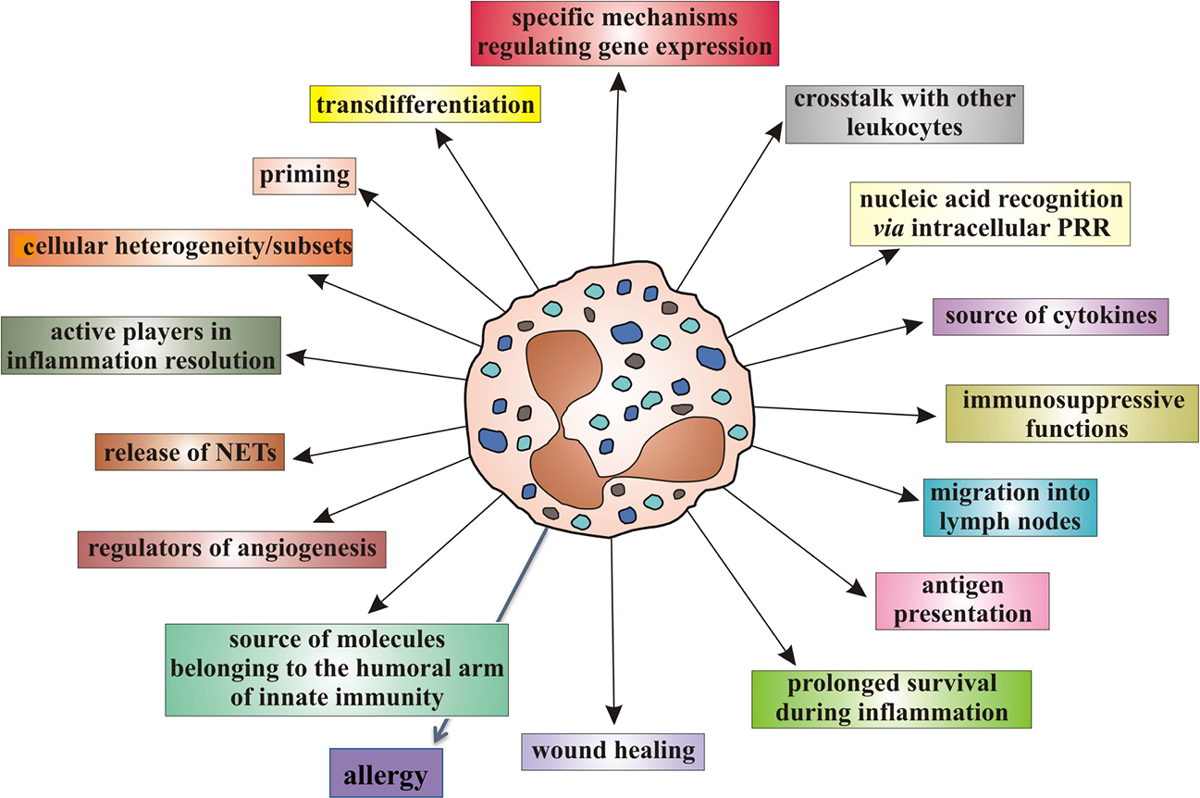Recommendations to the Musculoskeletal Health Network, Health Department of Western Australia related to the Spinal Pain Model of Care made on behalf of the Chiropractors Association of Australia (Western Australian Branch)
SOURCE: Topics in Integrative Health Care 2014 (Jun 30); 5 (2)
Lyndon G. Amorin-Woods, BAppSci(Chiropractic),
Gregory F. Parkin-Smith, MTech(Chiro), MBBS, MSc, DrHC,
Vern Saboe, DC, DACAN, FACO,
Anthony L. Rosner, Ph.D., LL.D.[Hon.], LLC
The 2009 Spinal Model of Care published by the Western Australian Health Department via the Musculoskeletal Health Network would benefit from an update. Best-evidence synthesis and cost-risks-benefits estimations suggest that such guidelines should provide:
(1) the early assessment of patients with non-malignant spinal pain (particularly low back) by a musculoskeletal clinician, be it a chiropractor, musculoskeletal physician, osteopath or musculoskeletal physiotherapist with referral within the early stages of the disorder; and
(2) the provision of manipulative therapy, where indicated, as a first-line treatment while also providing rehabilitation, health promotion, and contemporary wellness/wellbeing management with the intention of avoiding chronicity.
Emerging workforce capacity suggests that early assessment and evidence-based management of non-malignant spinal pain is feasible, leading to better patient outcomes. The authors and the association are hopeful that providing this submission in open access may prove useful for advocates of the chiropractic profession in other jurisdictions.
From the FULL TEXT Article:
Background
The importance of addressing spinal pain in the Australian community in a cost effective and clinically appropriate manner is illustrated in a series of studies emerging from the Global Burden of Disease 2010 Project. [1] It is well-known that musculoskeletal conditions, such as low back pain, neck pain and arthritis, affect more than 1.7 billion people worldwide and are set to become more prevalent with a growing, ageing, developed world population. [2] Australian chiropractors may occupy a pivotal role in the cost effective management of these clinical presentations.
There are more articles like this @ our:
Low Back Pain and Chiropractic Page
and the:
In 2009, the Western Australian Health Department via the Musculoskeletal Health Network, published evidence based guidelines in the form of a model for the management of spinal pain. [3] Overall, the key objectives, as reported in this model of care are:
(a) devolution of musculoskeletal health services from hospital-based to community-based services
(b) a multidisciplinary approach to care;
(c) better and early access for patients to assessment and appropriate care;
(d) prevention of chronic spinal pain, where possible
(e) improvement upon clinical guidelines for best practice and target professional education regarding spinal pain; and
(f) dissemination of information to the public and healthcare professionals regarding self-help and evidence-based care. These objectives all resonate strongly with the chiropractic profession.
In 2012 the state of Oregon adopted guidelines for the management of Low Back Pain which recommend spinal manipulation as the only non-pharmacological treatment and further that spinal manipulation be considered as a first tier intervention before medications [including simple analgesia]. CAAWA recognised the implications for Australia and accordingly funded a project tasked to compose a submission the WA Health which echoed the Oregon initiative. The following paper is a synopsis of that submission.
The full submission sets out to provide a synopsis of the most recent research evidence to inform best practice for spinal pain, particularly low back pain, and maps this evidence against the recommendations of emerging musculoskeletal service plans, with a view to building upon the current recommendations in the WA Spinal Pain Model of Care. [3] The submission outlines an initial strategy to translate research into practice and enhanced workforce capacity by proposing a consensus-led approach to care provision. The document outlines contemporary evidence on spinal manipulation and presents the benefits of a conservative approach in terms of cost and risk analysis, workforce capacity and community engagement.
Read the rest of this Full Text article now!





Leave A Comment